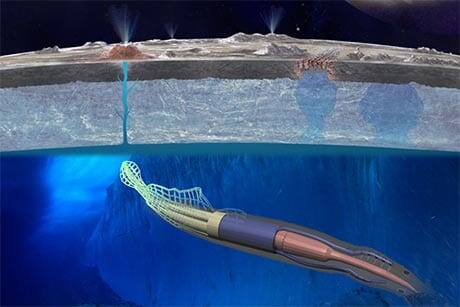In this blog post, I would like to introduce one of the species on Earth with some extreme characteristics. I think its existence is an extension to the concept of life in our common sense.
Somniosus microcephalus, also called the Greenland shark, or grey shark. They can reach a maximum length of 7 meters, which is comparable to the length of the great white shark. The Greenland sharks live in the North, mostly in the deep waters of the North Arctic Ocean and Antarctic Ocean. They are “lazy.” In most cases of being observed, they swim slowly, wandering on the surface of the seabed. Due to this famous characteristic, in our language, the Greenland sharks gained a nickname, the sleepy shark.
However, the general features mentioned above are not what impressed people the most. The lifespan of the Greenland sharks is astonishing. They are estimated to live the average lifespan of 400 years, which is the longest of all vertebrate animals. An individual of this species attains sexual maturity when it reaches a body length of 4 meters. Nevertheless, it takes more than 150 years for this to happen, because the growth of the Greenland shark is extremely time-costly: 1 centimeter increase in the body length per year!
When I first got to know this species, I was stunned. As human beings, our lifespan is already longer than that of most other animals on Earth, but now, there is truly a species that readily lives 4 times of our lifespan. Imagine a Greenland shark which is now 350 years old. It has already witnessed most of the human’s modern history. When it was born, most people on Earth still believed in Aristotle and geocentricism, and the modern astronomy had not been established yet. This fact reformed the concept of life in my mind, to compel me to reconsider its limitation and potential.















